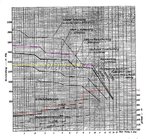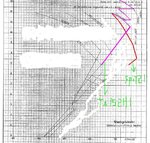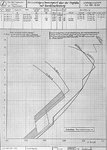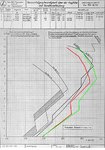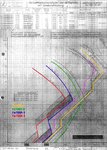- Thread starter
- #21
TempestMKV
Airman
I've made a mistake.
See this chart, on pink lines, boost is same. It's unwise to achieve high boost(such as 1.8-1.9ata) at 8km-10km because supercharger will eat lots of engine output.
So MW50 can NOT give Jumo213E more power than 1340PS between 8km-10km.
This issue is very simple:
Could MW50 and GM1 be turned on simultaneously?
If yes, Jumo213e output @9.8km=1700HP
If no, Jumo213e [email protected]=1320HP , GM1 only available above 11km.
See this chart, on pink lines, boost is same. It's unwise to achieve high boost(such as 1.8-1.9ata) at 8km-10km because supercharger will eat lots of engine output.
So MW50 can NOT give Jumo213E more power than 1340PS between 8km-10km.
This issue is very simple:
Could MW50 and GM1 be turned on simultaneously?
If yes, Jumo213e output @9.8km=1700HP
If no, Jumo213e [email protected]=1320HP , GM1 only available above 11km.

